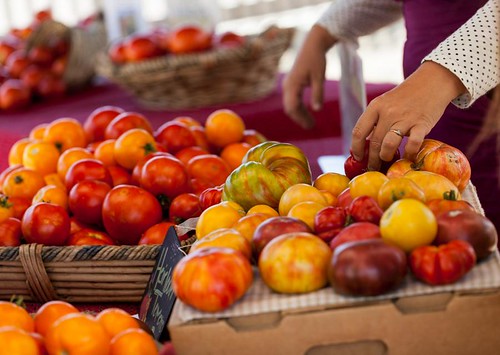
Fields of asparagus and peas are in full bounty, soon to make way for sweet, juicy strawberries; towering stalks of corn; and more tomatoes than you’d ever know what to do with! In many parts of the country, as we approach summer, the warm weather means that local harvests are at their peak, and fresh fruits and vegetables abound. That’s what makes summer the perfect time of year for incorporating local foods into your meals. And according to the most recently released data from the Farm to School Census 2015, more than 1,000 school districts nationwide are doing just that: They’re bringing the farm to summer!
When school lets out for summer, there’s still a need to ensure the millions of children who receive free and reduced-price school meals during the school year have consistent access to healthy meals. USDA’s summer meals programs help fill that gap, serving over 191 million meals to children last summer alone! Community centers, libraries, day camps, churches, and more can all sign up to host a summer meals site through the summer meals programs, but schools make for a particularly good site since they already have food production facilities in place for serving meals throughout the school year. The Farm to School Census 2015 found that more than one in five school districts that participate in farm to school programs report including local foods in meals served through their summer meals programs.
Schools serving as summer meals sites often also offer fun, hands-on activities related to local foods that attract and engage kids in their programming. Farm to summer activities include growing community gardens, taking a field trip to the farm, and conducting taste tests of local produce.
But it’s not just the kids that are benefiting; incorporating local produce into the summer meals programs helps the entire community. Farm to summer arrangements can help increase participation for summer meals, provide a source of income for local growers and producers, and reinforce healthy habits promoted during the school year.
To find out more about summer meals sites in your area, visit the Summer Site Finder. Or to get involved yourself, consider becoming a site sponsor or helping raise awareness in your area. To learn more about farm to summer and farm to school programs, check out the Community Food System’s webpage.
